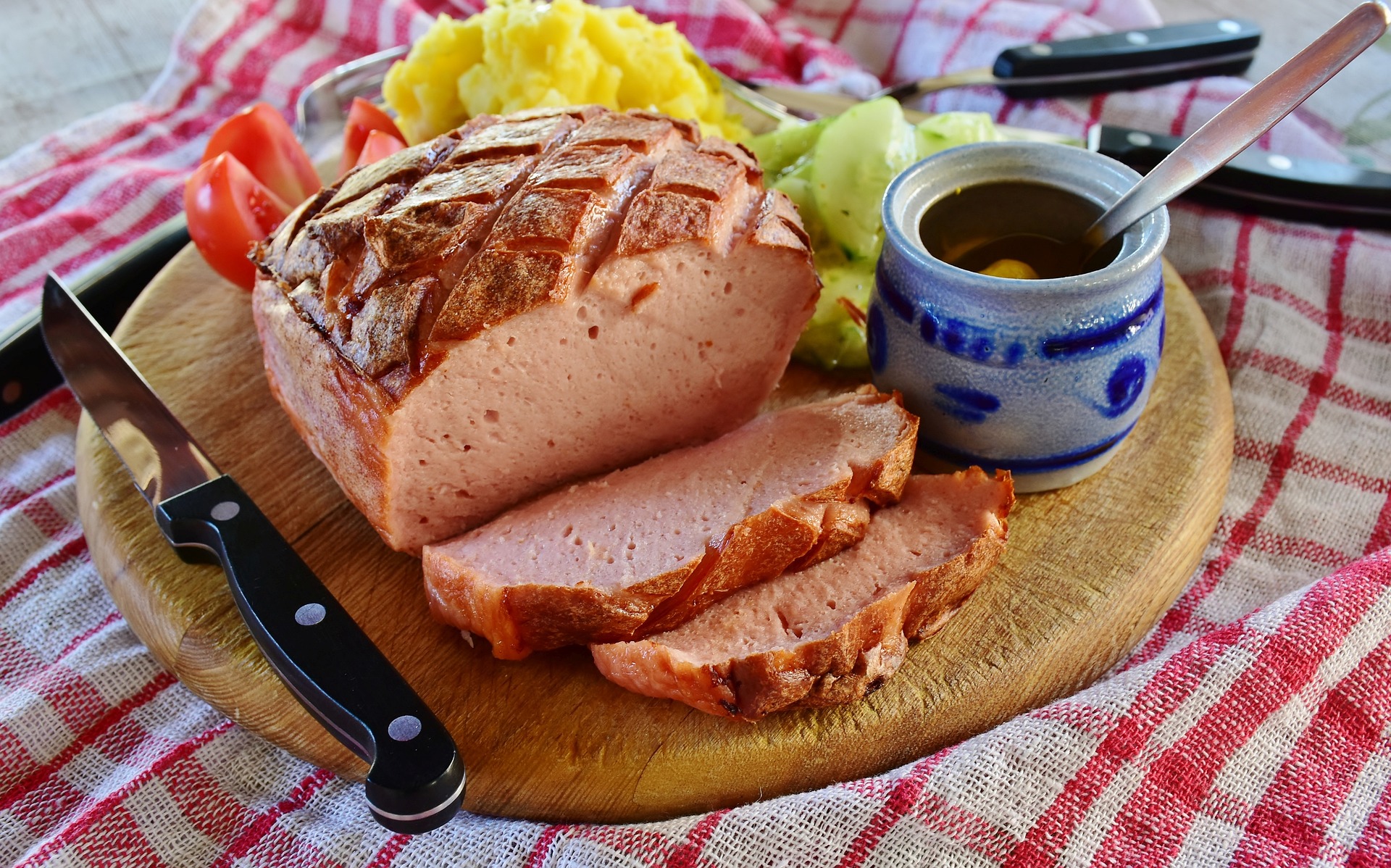Savoring the Subtleties: A Deep Dive into the Art of Food Pairing
Discover the art of food pairing and how it can revolutionize your dining experiences. This article will guide you through the fundamentals, unveil fascinating insights, and inspire you to experiment with new flavors and combinations. Food pairing is more than just matching wine with cheese. It’s a symphony of flavors, where each ingredient plays a part in creating a harmonious dish. It’s about understanding the unique characteristics of each food item and how it interacts with others. Whether it’s the sweetness of strawberries enhancing the richness of dark chocolate or the acidity of citrus fruit cutting through fatty meats, food pairing can make every bite an unforgettable experience.

The Science Behind Food Pairing
Food pairing has its roots in molecular gastronomy. It’s based on the principle that foods sharing similar flavor compounds are likely to taste good together. For instance, coffee and beef share a compound called pyrazines, which gives them a roasted flavor. This scientific basis makes food pairing more than just a matter of personal preference—it’s a culinary art grounded in biochemistry.
The Art of Wine and Food Pairing
Wine and food pairing is perhaps the most well-known aspect of this culinary art. The general rule is to match the weight of the food with the weight of the wine. Lighter foods, like fish and poultry, pair well with light-bodied wines, while heavier foods, like red meats, go well with full-bodied wines. However, the real fun begins when we start to break these rules and experiment with unexpected combinations.
Beyond Wine: Pairing with Coffee and Tea
Pairing isn’t limited to wine. The world of coffee and tea offers a plethora of flavors waiting to be explored. For instance, the strong, full-bodied flavors of dark roast coffee can complement sweet desserts, while the delicate, floral notes of white tea can enhance the taste of light, fresh foods like salads or sushi.
The Future is Here: AI and Food Pairing
In the digital age, artificial intelligence is revolutionizing food pairing. AI algorithms can analyze thousands of flavor compounds and come up with novel pairings that human chefs might never consider. This has exciting implications for the future of gastronomy, making every meal a potential adventure in taste.
Tasting Notes:
- Start with basic pairings and gradually venture into more adventurous combinations.
- Pay attention to the balance of flavors. Too many strong flavors can overshadow each other.
- Don’t be afraid to experiment. The best pairings often come from surprising combinations.
- Use technology to your advantage. There are apps and websites that can suggest pairings based on what you have in your pantry.
As we delve deeper into the art of food pairing, we begin to see food not just as sustenance, but as an experience, a journey of taste. The possibilities are endless and the rewards are delicious. So, why not start your own culinary adventure today? You might just discover your new favorite dish.




